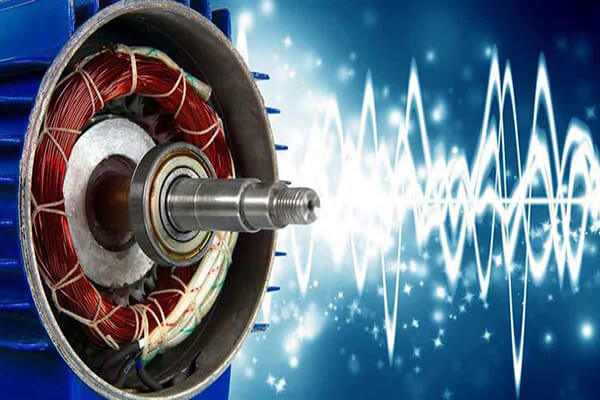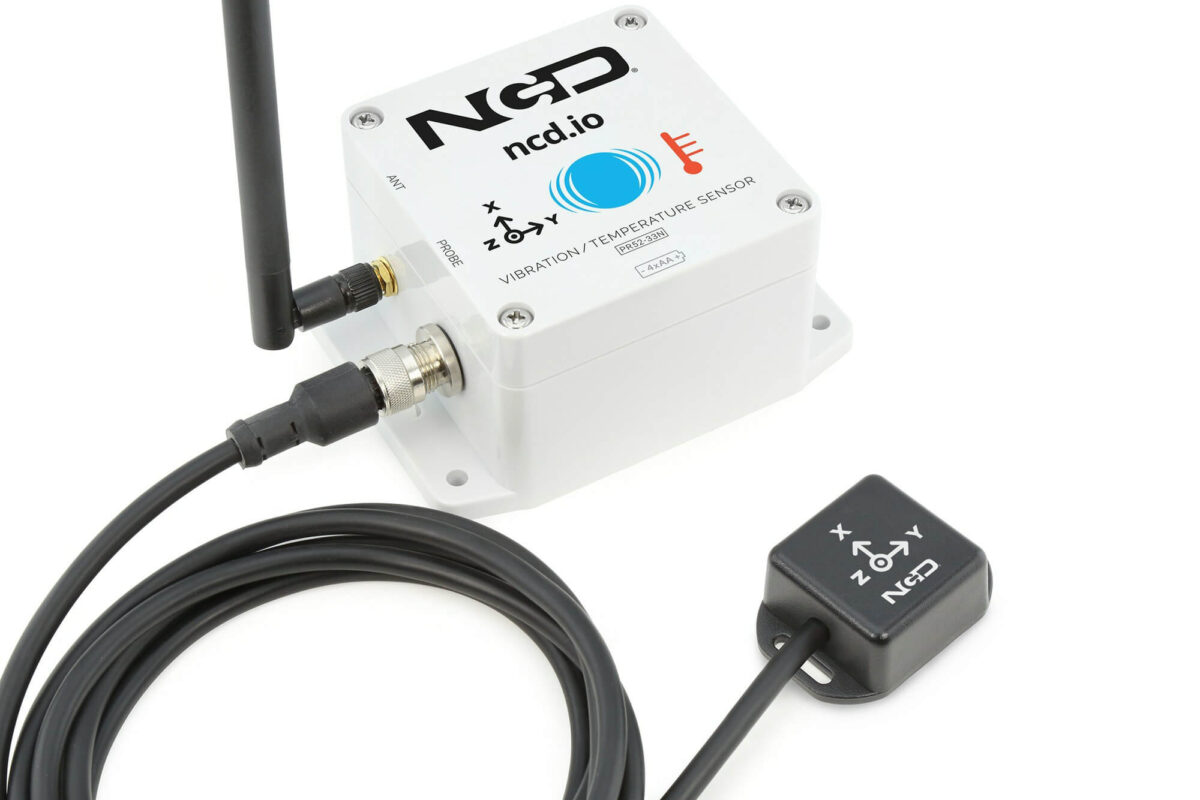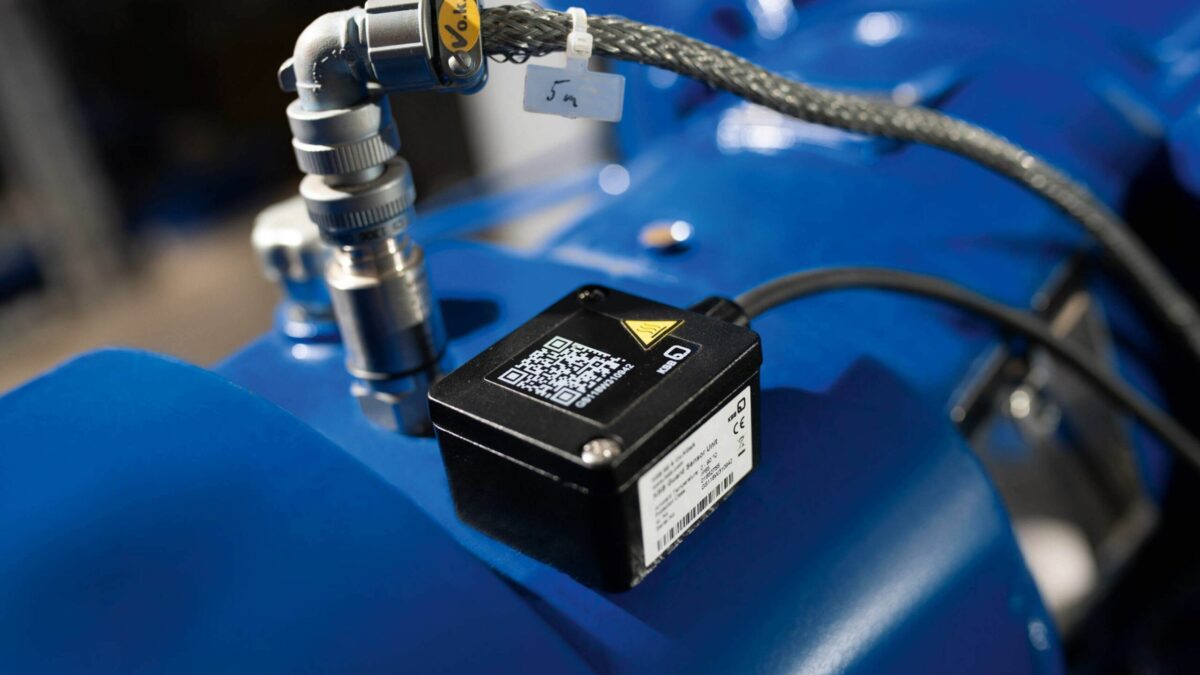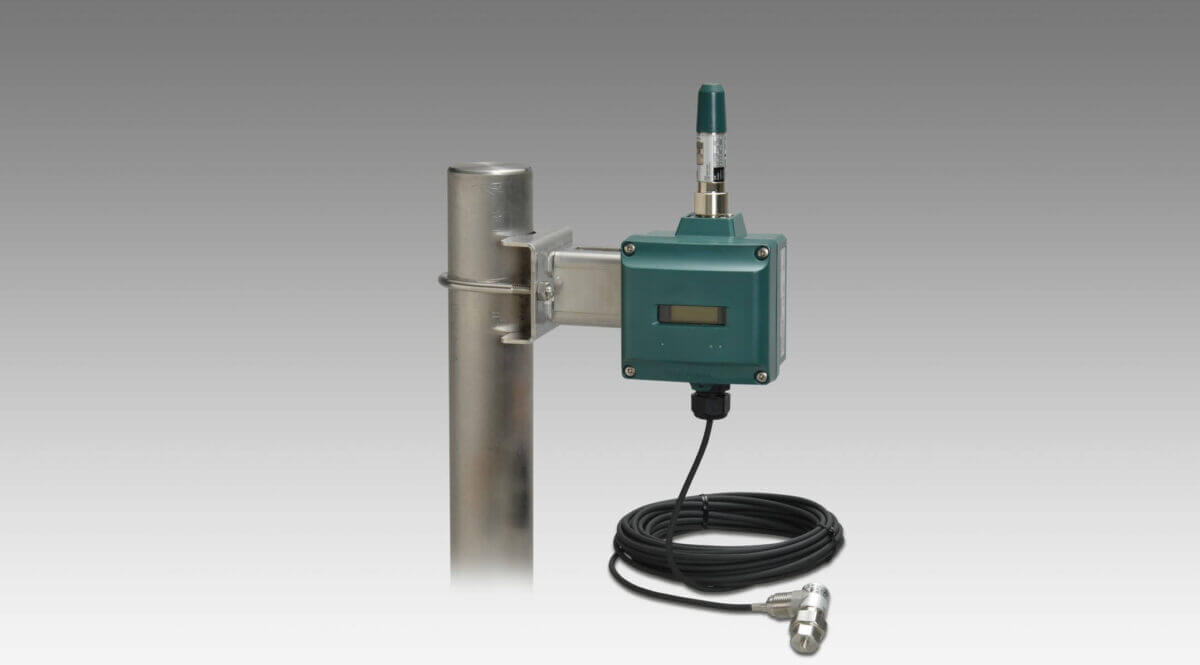Unplanned downtime or time spent performing maintenance on vibration shaker table machines that fail unexpectedly can cost the company significant amounts of money in time, lost processes, and human resources. Taking steps to ensure machinery and equipment are working properly and able to last as long as possible is critical for any business. With a vibration monitoring system that measures any anomalies and alerts you to potential problems, you’ll be able to help your machinery run more efficiently for longer without causing major damage.
(Our agree chambers has equipped with advanced monitoring systems)
1. What is a vibration monitoring system?
A vibration monitoring system is a tool that measures vibration levels to find irregularities and other anomalies in machine health.
It helps protect facilities, processes, and people. The system can identify anything from imbalance and misalignment to loose components and help prevent machine downtime. A vibration monitoring system, even for a single channel, is one of the most effective ways to predict potential machine problems and provide early warning of machine failure. For many industries, it is critical to safety and keep processes running.
2. How does a vibration monitoring system work?
Vibration monitoring systems work by using a method called vibration trend analysis. Vibration trending is the process of monitoring irregularities in the vibration characteristics of a machine. Under steady-state conditions, when the vibration amplitude rises or falls significantly, it usually indicates that something has changed inside the machine. The overall magnitude is the primary indication of machine failure and is ideal for outputting 4-20 mA to control systems (PLC, SCADA, RTU, etc.).
The total amplitude includes the various individual frequencies and amplitudes generated by machine components, their rotational or reciprocating motion, and/or process problems. A number of monitoring systems record vibration waveforms and display anomalies in the recorded vibrations in order to detect potential machine problems.
3. Benefits of Vibration Monitoring
Vibration monitoring is an essential part of any machine operation and maintenance program. Knowing how a machine is doing just by looking or listening can be challenging, but with vibration monitoring, you have the opportunity to see what’s going on inside that piece of equipment and make decisions based on the data to keep the machine running and the processes that are running.
Vibration monitoring can help improve a company’s bottom line. So, if you are interested in learning more about how vibration monitoring can improve the efficiency of your business and company, then you should know its importance and benefits.
Monitoring and analyzing machinery vibrations has five key benefits:
1) It prevents costly downtime
One of the key benefits of machine vibration monitoring is that it can help you prevent costly downtime and keep your processes running. By knowing the condition of your machine and finding problems before they break down, you can keep your machine running and save money that a machine failure might cause. Plus, this will free up your employees to spend their time on more productive tasks.
2) Vibration monitoring to improve overall safety
Another benefit of vibration monitoring is that it can help you improve your overall safety. Hazardous situations can arise when the machine is run rough. You can take pre-emptive action with vibration monitoring to keep your employees safe and out of harm’s way. It is easier to fix a problem if it is detected early enough.
Plus, this type of proactive maintenance will save you money in the long run and make your machine safer for everyone working around it. The safety of your employees is of utmost importance. Having reliable options means being proactive about employee safety and is a huge added benefit of using powerful mechanical vibration analysis.
3) It can also save maintenance costs
You can save money on repairs by monitoring vibrations. If a problem is caught early, less work is required to fix it, and you’re less likely to need to replace your machine due to serious damage. You can also avoid major production failures by knowing the condition of your equipment proactively with a vibration monitor.
This will also save you labor costs required for machine repair and maintenance. Instead of spending time and money fixing your machine, you can spend your time and energy on other projects. Increased efficiency, increased productivity and savings will have a huge impact on your bottom line.
4) Vibration monitoring helps you understand your machine
The greatest benefit of vibration monitoring is that it gives you insight into your machinery. By knowing the normal vibration readings of each machine and detecting when problems arise, you can spot problems and fix them right away. By understanding this, you will be able to keep your machines running for a longer period of time and more efficiently.
Here are the types of problems that machine vibration analysis can show you:
- Unbalanced
- Mechanical loosening
- Bearing failure
- Dislocation
- Curved or bowed shaft
- Motor electrical failure
- Resonance and Natural Frequency (Critical Speed)
- Cavitation in pumps
- Gearbox failure
Vibration analysis can give you the information you need to make decisions about your machine. Additionally, the faster a problem is identified, the more likely it is to be resolved in a timely and efficient manner.
5) Vibration monitoring means you get better performance out of your machine
Machine vibration monitoring can help you achieve better machine performance. Displaying data when a problem is detected makes it easier for you to decide how to improve your machine’s performance.
Vibration Switch will help you do that. The guard senses vibrations through its vibration switch and triggers an alarm or shuts down the machine when a certain threshold is reached. This will help keep your machines running longer and avoid catastrophic downtime and machine problems.
3. Vibration characteristics under vibration monitoring system
A vibration’s main characteristics are amplitude, frequency, phase, form, and position when using a proximity sensor. Amplitude refers to the severity of the associated vibration. Vibrations can be pinpointed using frequency. Changes in vibration frequency unrelated to changes in machine speed may also indicate a problem. Note the frequency to quickly identify specific problems. Phase helps determine when and where vibrations occur.
Vibration waveforms reveal a wealth of information about the machine in question when analyzed for their amplitude and frequency. From the time a machine starts running to the specific moment when a part may be malfunctioning, the amplitude measured by a vibration monitoring system can show the difference in motion.
What’s more, with proximity sensors, the position of the rotor in the bearing gap, or the axial movement of the rotor, can be observed and is important for assessing the condition of the machine. In most cases, vibration monitoring systems use the overall amplitude to compare against vibration limits or alarm values.
4. How is vibration measured?
While vibration is recorded in terms of frequency and amplitude, it is measured in terms of acceleration, velocity, and displacement. Sensors and vibration analysis equipment can be used to monitor these characteristics. The device may vary in what elements it measures and how.
For example, machines with rolling bearings (REB) are often monitored using seismic vibration sensors (velocity sensors or accelerometers). REB machines running below 60 Hz typically use speed sensors. Machines with oil film bearings (journal or sleeve bearings) are typically monitored using proximity probe sensors.
Accelerometers typically use piezoelectric crystals (PZT sensors) that generate an electrical charge when any change in acceleration, pressure, or force is detected. Accelerometers can also be designed using MEMS (micro-electromechanical systems) technology to measure acceleration. An accelerometer output (piezoelectric or MEMS) can be amplified, integrated, and output as a velocity signal.
In high-temperature applications, moving coil velocity sensors are often used to measure vibration using velocity. Proximity probes are used to measure the relative motion between the rotor surface and the bearings (usually oil film bearings are used). Proximity probes measure vibration, axial position, and rotor speed. In order to analyze trends, vibration signals from sensors can be digitized and recorded.
5. Popular methods of vibration monitoring
Below are the popular methods of vibration monitoring that we have compiled for you.
1) Walking/periodic vibration collection
This type of monitoring typically uses accelerometers to periodically (usually monthly or quarterly) record the vibration levels of each radial and axial bearing of the machine. It does not use transient data (startup and shutdown data) and preferably has a vibration switch (electrical or mechanical), which helps prevent machine failure between each periodic data run.
2) Walking vibration data acquisition (with waveform or transient data)
This is usually performed after a problem is discovered during a walkthrough data collection process or when a vibration switch shuts down the machine.
3) Continuous vibration monitoring (no waveform or transient data)
These monitoring systems are often equipped with alarm and shutdown features to help prevent machine failure. The vibration data is monitored by a transmitter that sends a 4-20 milliamp (mA) signal directly to the control system.
4) Continuous vibration monitoring (with process data correlation, no waveform or transient data)
This monitoring concept combines alarm and shutdown functions to help prevent machine breakdowns and identify unusual trends. Data is sent using a 4 to 20 mA transmitter connected directly to the control system, which is connected to the “Plant Information Network” in order to correlate with process information (load, flow, level, pressure, temperature, etc.). Vibration and process data can give you a better understanding of how your machine is actually performing.
5) Continuous vibration monitoring (associated with process data)
Single or multi-channel monitoring devices with alarm and shutdown capabilities help prevent machine breakdowns and easily identify vibration trends. When you have the right sensor suite, you can also perform diagnostics on the machine. Vibration, velocity, thrust position, and shock data are often combined into data suites.
6) Continuous vibration monitoring (with process data correlation as well as waveform and transient data)
This type of monitoring has the same capabilities as above, allowing you to identify abnormal trends under normal processing conditions and prevent machine breakdowns. You can also run machine diagnostics on demand and use sensors integrated with plant process data. This is the highest form of mechanical vibration monitoring.
6. Common applications of vibration monitoring systems
Vibration monitoring systems are used in a variety of different applications. Here are some of the most common industrial uses:
Vibration sensors are used on rotating and reciprocating machines depending on their criticality. Critical equipment can cost over $100,000 just to shut down for one day, so at least an XY vibration sensor, thrust sensor, and phase trigger should be present at each radial bearing.
Perhaps a vibration sensor on the load side bearing closest to the coupling may suffice if the machine is not critical and the impact is less than $10,000 per day. Between these two extremes, the best way to monitor the machinery has to be judged so that the plant can get a return on investment (ROI), which might be one or two sensors with a switch function (alarm/shutdown).
1) Rotating machinery
Rotating equipment and machinery such as electric motors, fans, turbines, and gearboxes are the most common sites for vibration monitoring systems. Since many different components rotate simultaneously and generate vibration patterns, vibration monitoring is critical to ensure that all your components are functioning properly. With rotating equipment, one problem can lead to equipment damage and catastrophic failure. Vibration monitoring can help identify misalignment, imbalance, friction, bearing failure, and even resonance issues in rotating machinery.
2) Bearings and gears
In the bearings and gears of machines, various vibrations occur at different frequencies, which is why vibration monitoring systems are so commonly used. Gears create a number of different vibration patterns as the equipment performs its required tasks, for example, box making machine and molding machines. These changing vibrations are difficult for humans to monitor alone, and early warning with a monitoring system is critical to the continued function of the machine.
3) Reciprocating compressors, engines, and pumps
In reciprocating compressors, engines, and positive displacement pumps, there are multiple vibrating components. Reciprocating machinery is special in that its parts move in both rotational and linear patterns. Vibration monitoring helps identify potential failures before they damage the machine.
4) bridge
Vibration monitoring is critical to ensuring the structural integrity of bridges. Vibration trends can help develop a baseline of undamaged and healthy bridge behavior and then detect when the bridge may be experiencing structural problems. If a bridge begins to exhibit unusual vibration behavior, maintenance personnel can perform the inspections needed to determine the source of the problem.
5) pipeline
Vibration monitoring systems are critical for pipelines that are prone to problems caused by vibration. A monitoring system not only helps in raising the alarm when problems start to occur but also helps in finding the root cause of problem areas. In this way, high-risk areas on the pipeline can be monitored for potential problems.










Leave A Comment